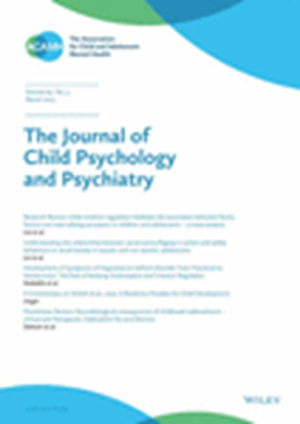Exploring mechanisms behind the increasing gender gap in adolescent psychological symptoms, 2002–2022: the role of national-level gender equality
Abstract
Background
Internalising problems have increased considerably among adolescents in the last decades, particularly among girls, resulting in widening gender gaps. This study examined whether the gender gap in psychological symptoms increased more in more gender-equal countries in the period 2002–2022, and if so, to what extent this could be explained by changes over time in the experience of stressors (i.e. schoolwork pressure, body dissatisfaction, low classmate support) among boys and girls in these countries.
Methods
National data on gender inequality (UNDP Gender Inequality Index) were combined with aggregated individual-level data from the Health Behaviour in School-aged Children (HBSC) study (2002–2022) across 43 countries (N = 1,268,220). Absolute and relative gender gaps in psychological symptoms were regressed on survey cycle, GII and their interaction. Next, interactions of survey cycle and either schoolwork pressure, body dissatisfaction or classmate support were added to the model.
Results
Increases in the absolute and relative gender gap in psychological symptoms between 2002 and 2022 were stronger in more gender-equal countries, mainly due to larger increases in psychological symptoms among girls in these countries. Also, less favourable time trends for schoolwork pressure and classmate support were found in more gender-equal countries for boys and especially girls. The larger increase in schoolwork pressure among girls in more gender-equal countries partly explained the increased absolute gender gap in psychological symptoms in these countries.
Conclusions
While national-level gender equality was positively associated with boys' and girls' mental health in the early 2000s, this association has become negative for girls in more recent years. The benefits of gender equality for girls' mental health may have become overshadowed by the increased experience of stressors, especially schoolwork pressure. Far from advocating that gender equality is a negative situation, these findings suggest that much work remains to achieve full gender equality, where men and women really share the burdens and stressors in everyday life.


 求助内容:
求助内容: 应助结果提醒方式:
应助结果提醒方式:


